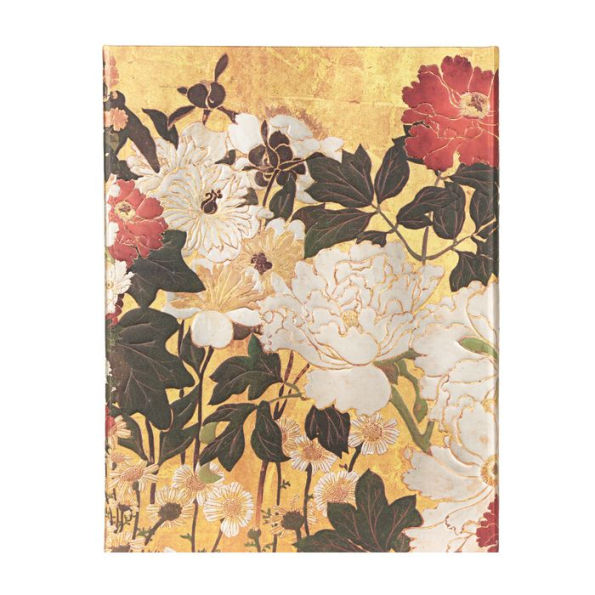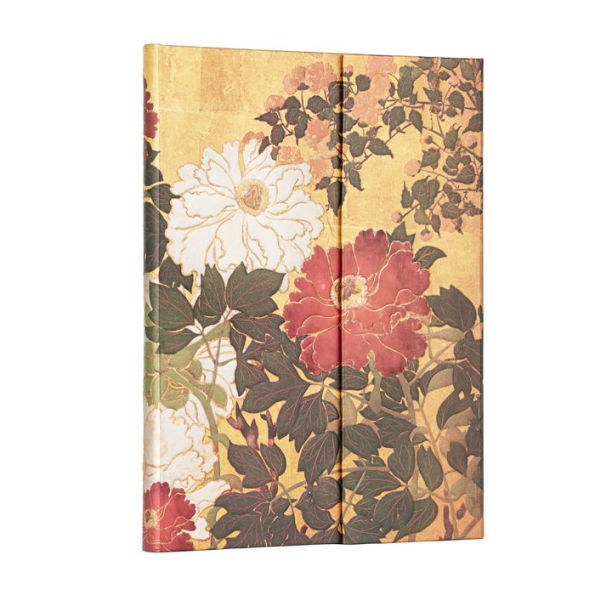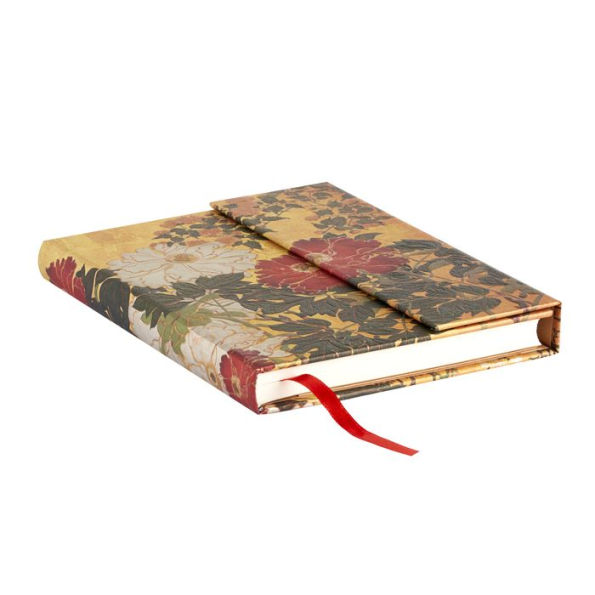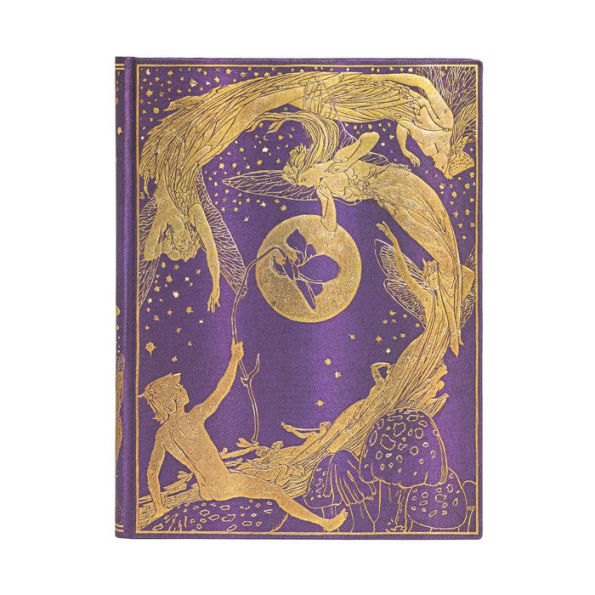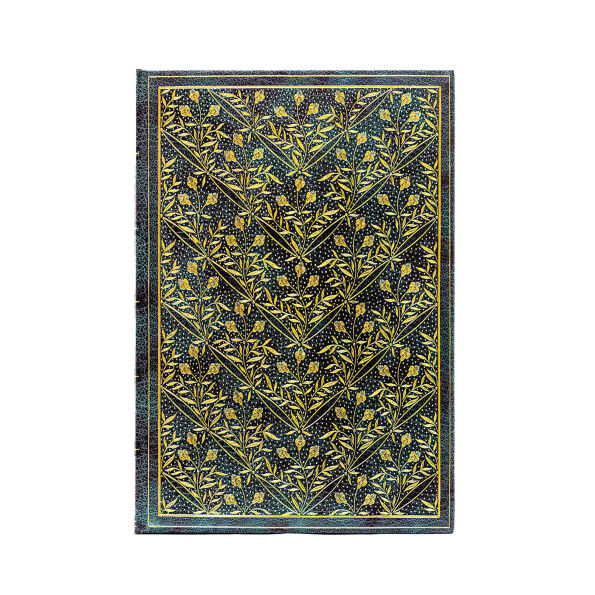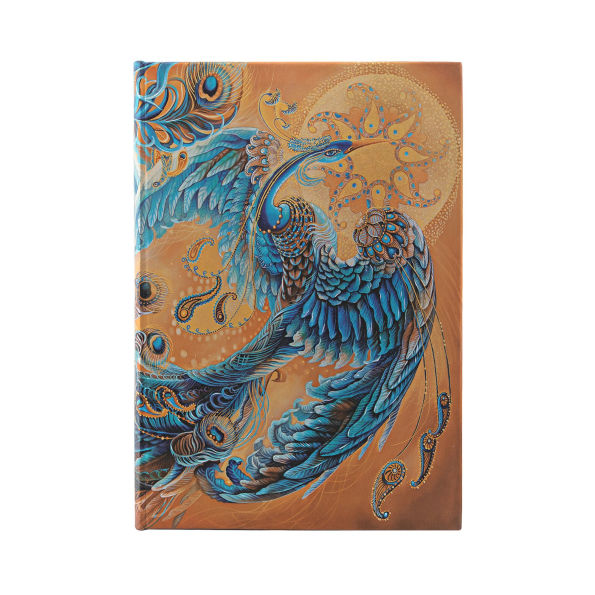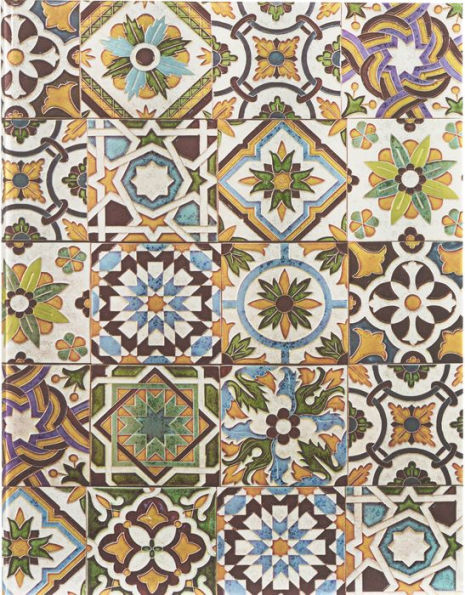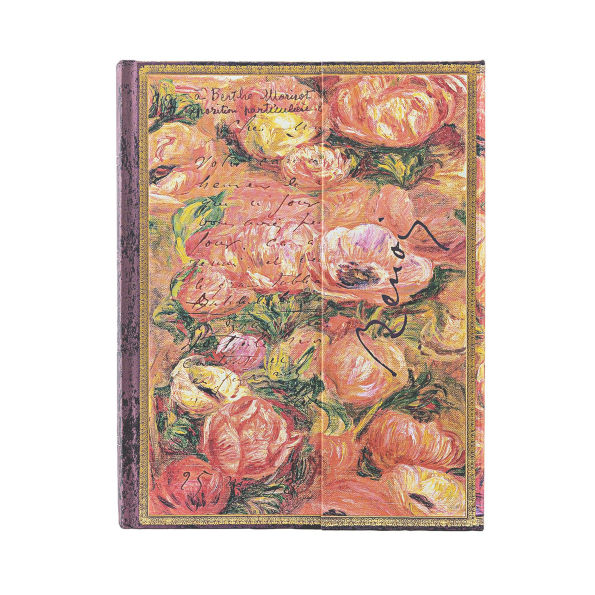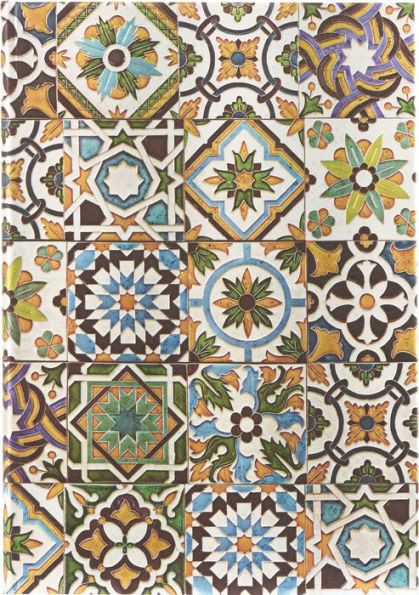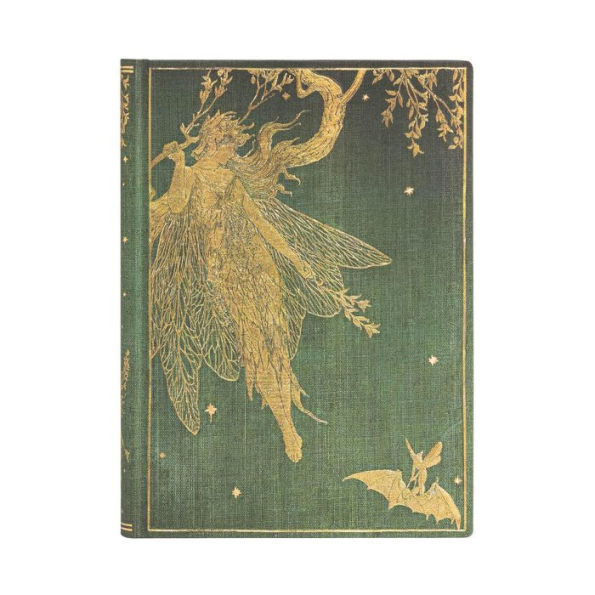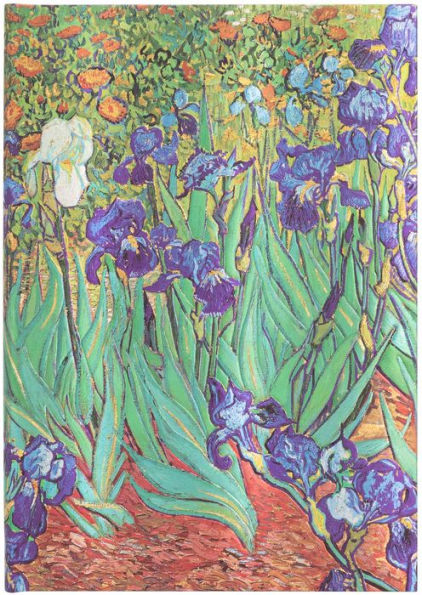Home
Paperblanks ~ Natsu ~ Rinpa Florals ~ Hardcover Journal ~ Ultra ~ Lined ~ Wrap ~ 144 Pg ~ 120 GSM
Barnes and Noble
Loading Inventory...
Paperblanks ~ Natsu ~ Rinpa Florals ~ Hardcover Journal ~ Ultra ~ Lined ~ Wrap ~ 144 Pg ~ 120 GSM in Chattanooga, TN
From Paperblanks
Current price: $24.95
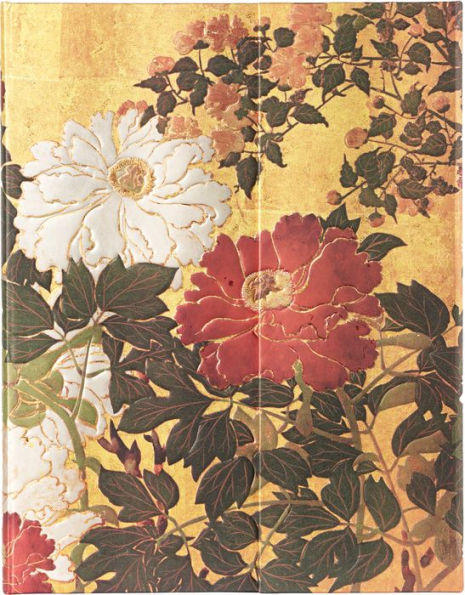
Barnes and Noble
Paperblanks ~ Natsu ~ Rinpa Florals ~ Hardcover Journal ~ Ultra ~ Lined ~ Wrap ~ 144 Pg ~ 120 GSM in Chattanooga, TN
From Paperblanks
Current price: $24.95
Loading Inventory...
Size: OS
These intricate details of spring and summer flowers are from an 18th-century Japanese paper screen by artist Watanabe Shikō (1683–1755), who painted in the Rinpa style (and was reputedly a rōnin!). Beautiful gold accents make up every intricacy of the leaves and flowers in this rich and romantic composition. Rinpa is a leading historical school of Japanese painting, established in 17th-century Kyoto, whose artists were known for working in a range of formats, notably screens, fans, hanging scrolls and kimono textiles. The design on our cover shows a section of a screen with various types of flowers often believed to follow the ancient Japanese language of flowers, called Hanakotoba. Flowers were used to convey emotion and communicate with the viewer without using words. We are honoured to have the use of this original work from the Ashmolean Museum of Art and Archaeology at the University of Oxford, where Japanese material has been exhibited since the earliest stages of the Museum’s history.
These intricate details of spring and summer flowers are from an 18th-century Japanese paper screen by artist Watanabe Shikō (1683–1755), who painted in the Rinpa style (and was reputedly a rōnin!). Beautiful gold accents make up every intricacy of the leaves and flowers in this rich and romantic composition. Rinpa is a leading historical school of Japanese painting, established in 17th-century Kyoto, whose artists were known for working in a range of formats, notably screens, fans, hanging scrolls and kimono textiles. The design on our cover shows a section of a screen with various types of flowers often believed to follow the ancient Japanese language of flowers, called Hanakotoba. Flowers were used to convey emotion and communicate with the viewer without using words. We are honoured to have the use of this original work from the Ashmolean Museum of Art and Archaeology at the University of Oxford, where Japanese material has been exhibited since the earliest stages of the Museum’s history.
